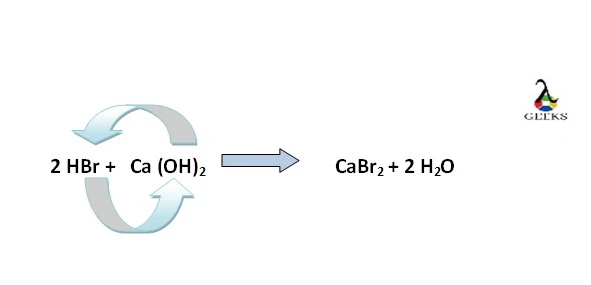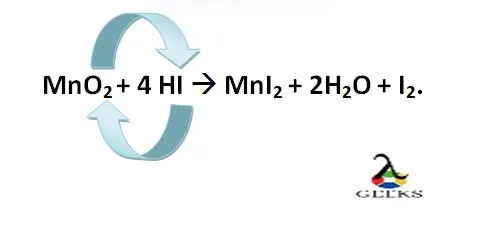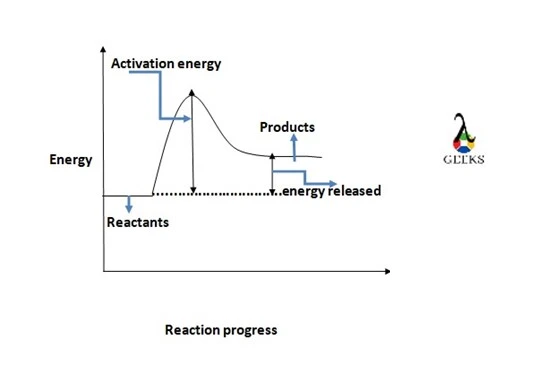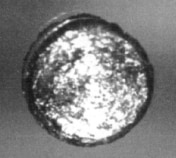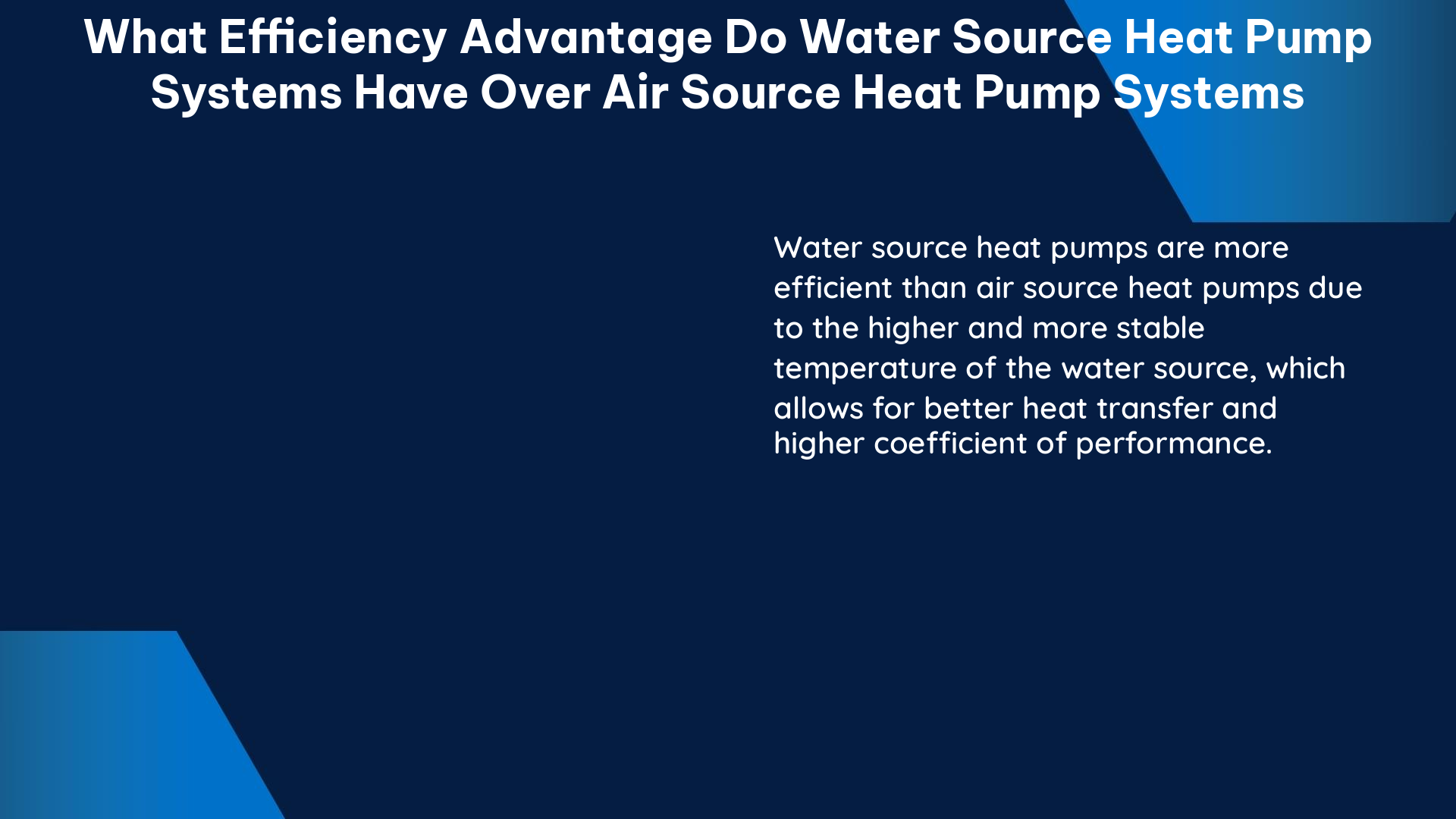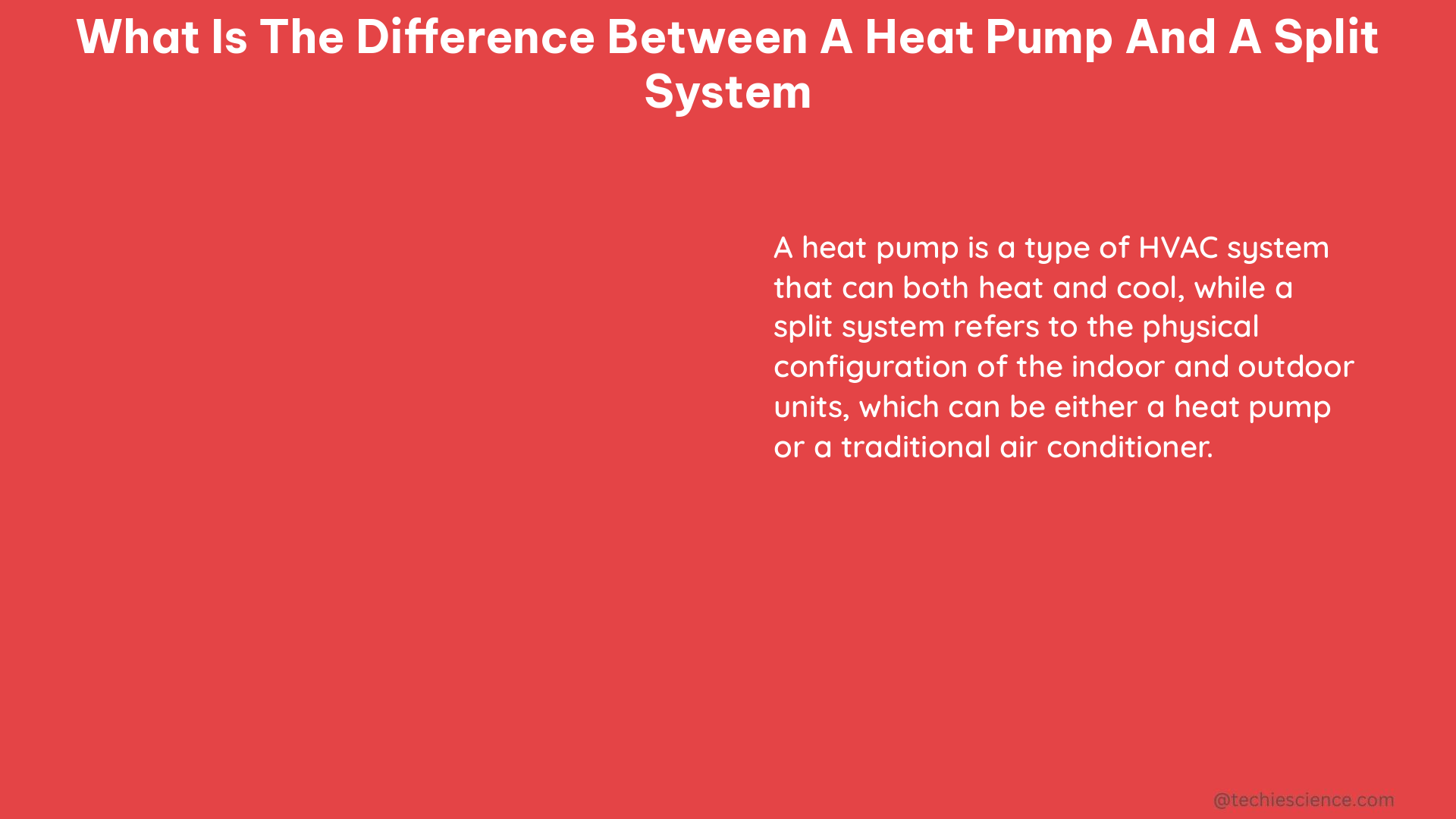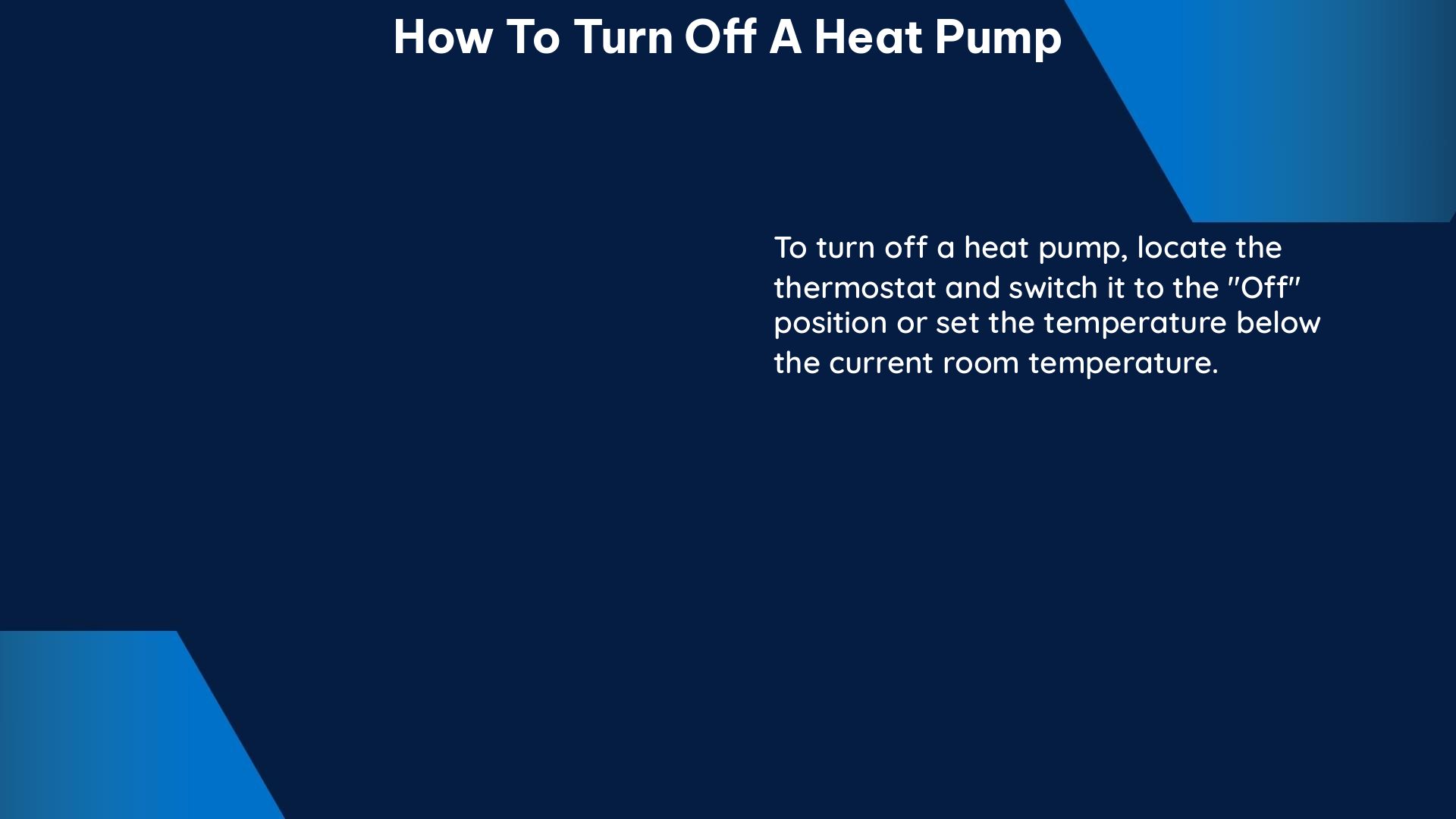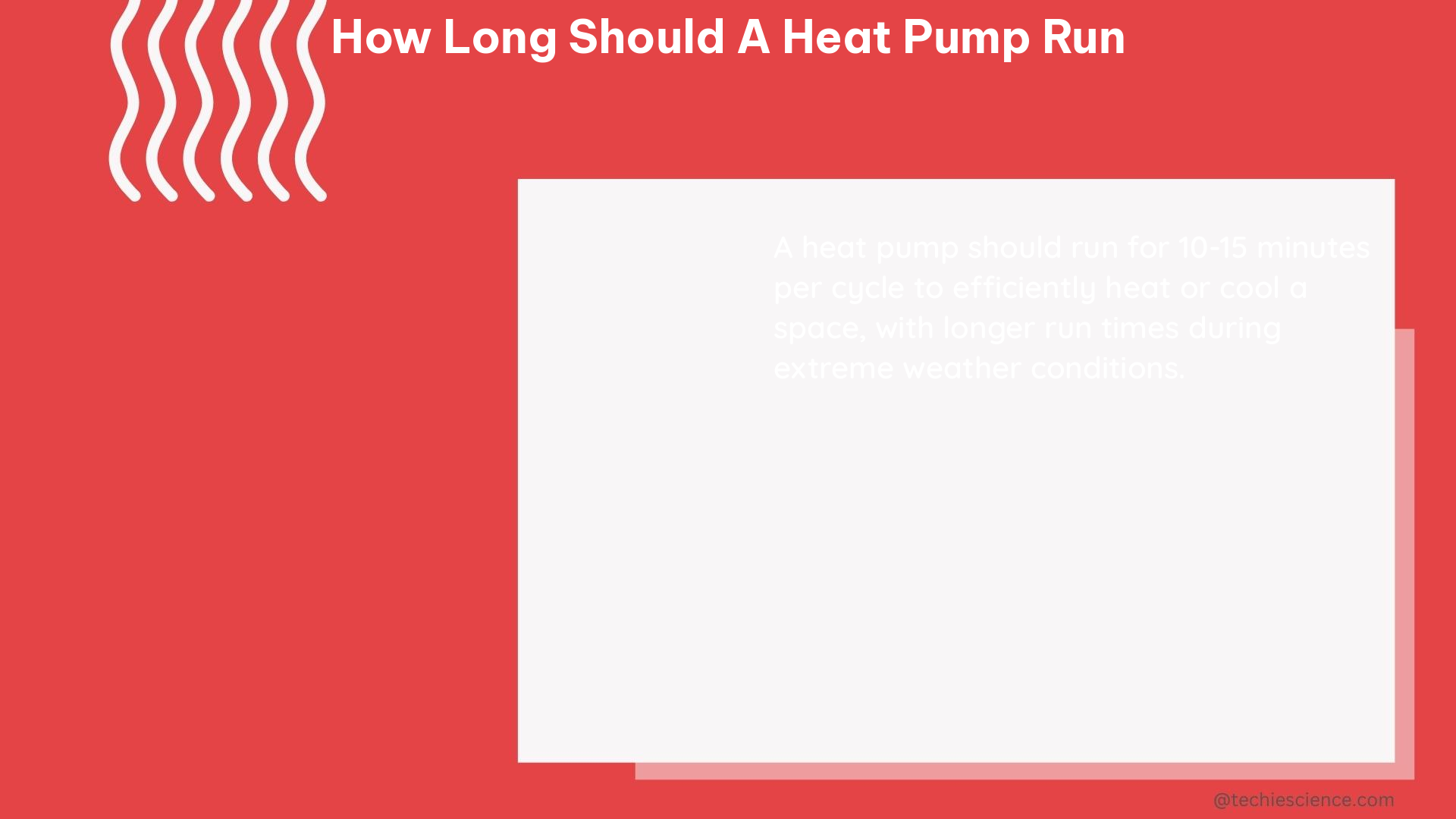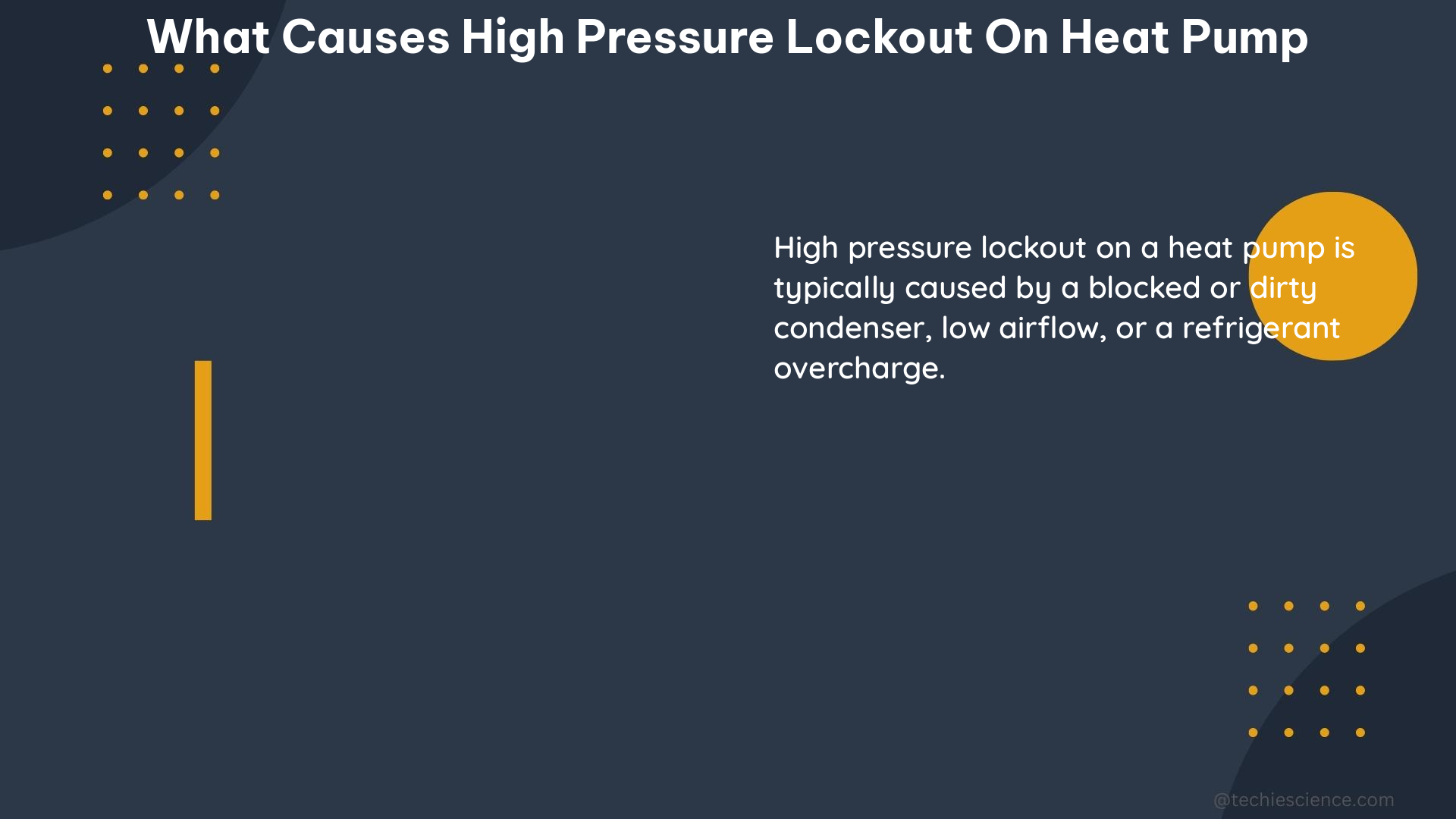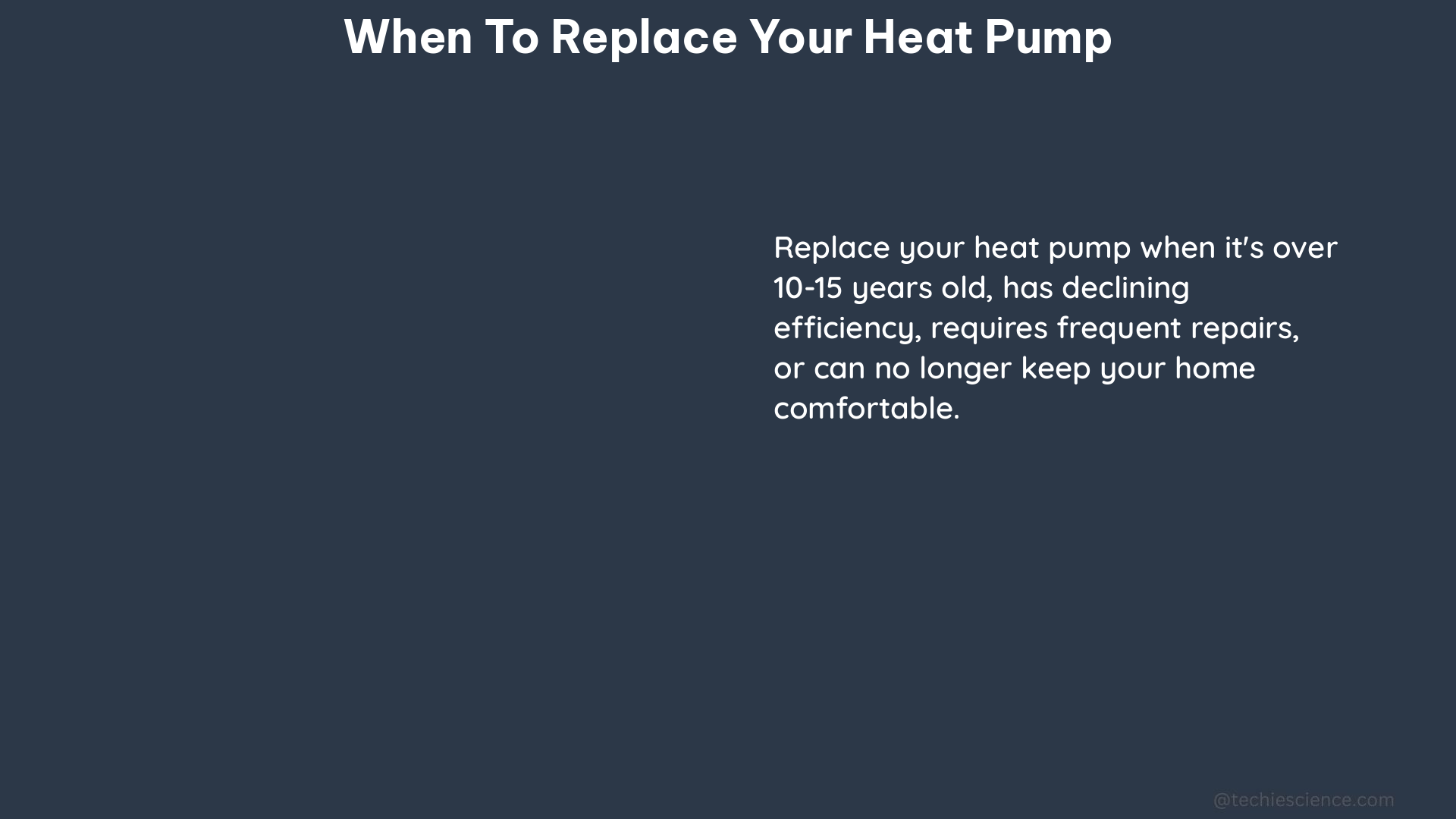Water source heat pump (WSHP) systems offer several key efficiency advantages over air source heat pump (ASHP) systems. These advantages stem from the different heat sources used by each system and the corresponding coefficients of performance (COP) and energy efficiency ratios (EER).
Higher COP in Heating Mode
WSHPs can provide 4 to 6 units of heating for every unit of energy consumed, thanks to their ability to extract heat from a water loop and use the heat of compression as a source of heating. In contrast, the maximum efficiency for heating by burning natural gas in an ASHP is about 95%, and electrical heat is 100%. At a COP of 3.7, a WSHP provides 3.7 watts of heat for every watt of energy used to create that heat, making it extremely efficient in heating mode.
The higher COP of WSHPs in heating mode is primarily due to the fact that water has a higher thermal capacity than air. This means that water can absorb and release more heat per unit of mass compared to air. As a result, WSHPs can extract more heat from the water loop, which is typically maintained at a more stable temperature than the outdoor air used by ASHPs.
Furthermore, the compressors used in WSHPs are often more efficient than those used in ASHPs. Scroll compressors, commonly found in WSHPs, can provide 10°F to 15°F (5.6°C to 8.3°C) warmer air in heating mode compared to piston compressors used in many existing heat pumps.
Higher EER in Cooling Mode

WSHPs also have a higher EER (Energy Efficiency Ratio) in cooling mode compared to ASHPs. This is again due to the more efficient compressors used in WSHP systems, as well as the ability to reject heat to the water loop, which is typically at a lower temperature than the outdoor air used by ASHPs.
The EER of a WSHP system can be up to 20% higher than that of an ASHP system, depending on the specific equipment and operating conditions. This translates to significant energy savings, especially in applications with high cooling demands.
Simultaneous Heating and Cooling
One of the unique advantages of WSHP systems is their ability to handle simultaneous heating and cooling demands more efficiently. This is possible due to their ability to transfer heat between zones and the water loop.
In a building with varying temperature requirements, such as a multi-use facility, a WSHP system can redirect heat from the zones that need cooling to the zones that need heating, reducing the overall energy consumption. This feature is particularly beneficial in applications where there is a mix of heating and cooling loads, such as in office buildings, hotels, and hospitals.
Energy Recovery
WSHP systems provide a form of heat recovery, which can lead to significant energy savings. By transferring heat between the water loop and the building’s heating and cooling systems, WSHP systems can reduce the need to operate the boiler or cooling tower, resulting in lower energy consumption.
This heat recovery capability is especially valuable in applications where there is a consistent need for both heating and cooling, such as in commercial and industrial facilities. By reclaiming and reusing the waste heat, WSHP systems can improve the overall energy efficiency of the building.
Loop Temperature Optimization
Another efficiency advantage of WSHP systems is their ability to optimize the temperature of the water loop. By allowing the loop water temperature to float across a wide range, typically between 60°F (16°C) and 90°F (32°C), WSHPs can maximize energy-related benefits and minimize energy consumption.
This flexibility in loop temperature management allows WSHP systems to operate at their most efficient points, adjusting the water temperature based on the heating and cooling demands of the building. This can result in significant energy savings compared to systems with a fixed water loop temperature.
Reduced Energy Use
The cumulative effect of the efficiency advantages of WSHP systems can lead to a significant reduction in building energy consumption. Studies have shown that WSHP systems can reduce building energy consumption by approximately 50% compared to the 1975 energy code standards.
This reduction in energy use has contributed to a 30% decrease in total energy consumption per square foot in commercial buildings from 1979 to 2012. The improved efficiency of WSHP systems, combined with their ability to handle simultaneous heating and cooling demands and optimize loop temperatures, make them a highly energy-efficient choice for commercial and industrial applications.
In conclusion, water source heat pump systems offer a range of efficiency advantages over air source heat pump systems, including higher COP in heating mode, higher EER in cooling mode, the ability to handle simultaneous heating and cooling, energy recovery capabilities, loop temperature optimization, and reduced overall energy use. These advantages make WSHPs a more energy-efficient and cost-effective solution for many commercial and industrial applications.
References:
– The Benefits of Using Water Source Heat Pumps
– Water-Source Heat Pumps: Efficient Heating and Cooling
– Heat Pump Systems
– Energy Efficiency of Water Source Heat Pumps
